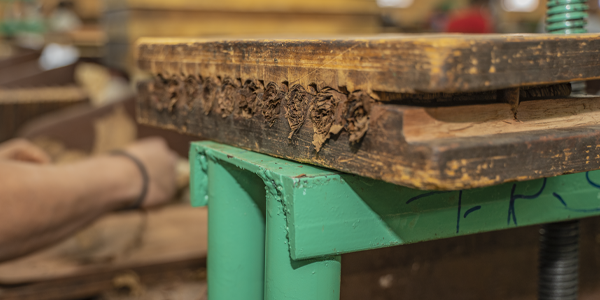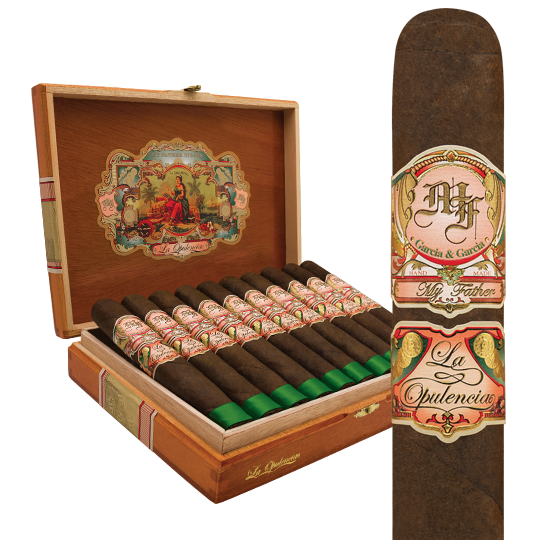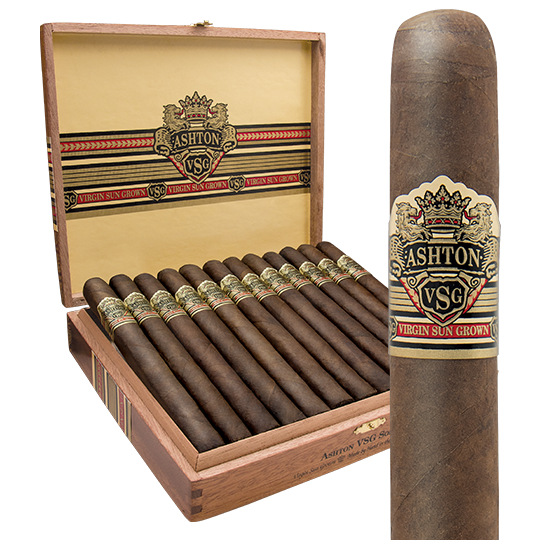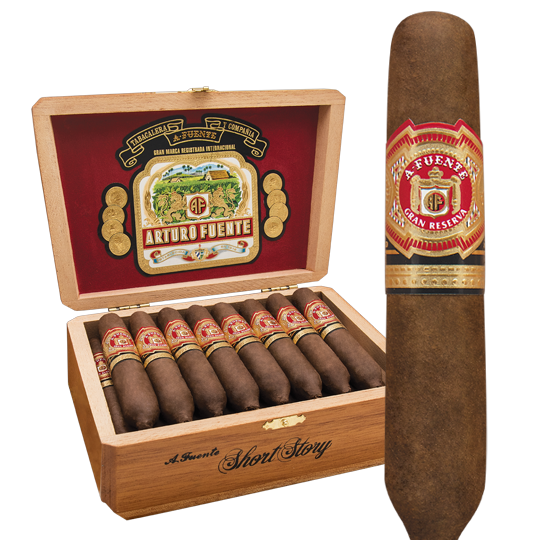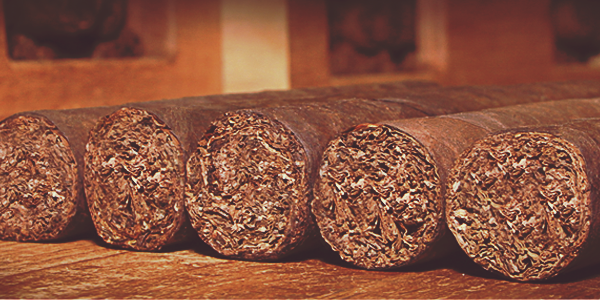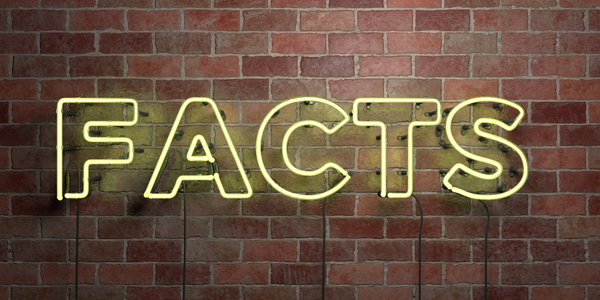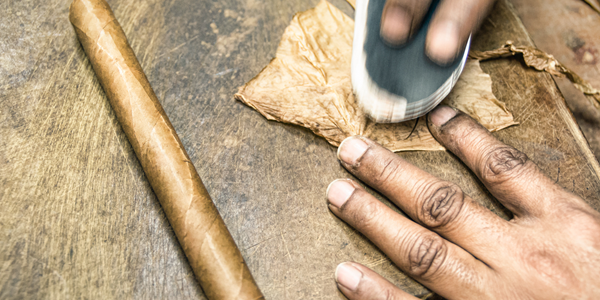What Are Entubar-Style Cigars?
You already know this, but not all cigars are created equal. In fact, not all cigars are made the same way. Oh, sure, the tobacco is grown in the fields, then it gets cured, then the best leaves are selected and stripped and all that. When it comes to rolling the cigar, however, there’s more than one way, for example, to bunch the filler leaves. Among what some argue is the best method is the entubado or entubar way of putting together the filler tobacco. For the record, entubado means tubed; entubar means, essentially, to create a tube.
Tubular, Man
As the name indicates in Spanish, entubar-style cigars are ones that are made by the roller first shaping each filler leaf into its own tube or straw. This creates great air flow. The reason so many like this method is, they say, that it allows for the most filler leaves – up to eight of them – to be put into a cigar and still have a great draw. This is the classic method in the cigar industry developed in the 17th century in Spain at a time when Cuban tobacco was shipped to Seville and rolled into cigars there.
A Labor-Intensive Labor of Love
Entubar style is quite labor-intensive. While all the filler leaves are rolled into individual tubes in the entubar style, there is a general order in which they are placed in the larger tube that is the filler of the cigar. Traditionally, the ligero leaf, the strongest of the ones going in the cigar, is placed in the middle. This leaf burns relatively slowly. The seco leaf, aromatic and spicy, also burns fairly slowly and provides balance to the cigar. The seco tubes go around the ligero. The last leaf, the volado is mild and burns very easily. This is placed around the seco leaves.
Once this step is finished, the torcedor, or roller, places the bunch into a binder leaf. The cigar is rolled from the “head” (the end you put in your mouth) to the “foot” (the end you light). The important challenge here is to make sure to pack the filler evenly the entire length of the cigar. The entubar method allows for the binder to be applied more tightly than with other methods. The individual tubes maintain their structure and create smoke channels. The foot is trimmed and the cigar is placed in a mold to be pressed for at least 30 minutes. Then the cigars get turned and pressed again. At the end, the wrapper leaf is placed on the cigar.
The Entubar Cigars
All of Jose ‘Pepin’ Garcia’s My Father cigars are rolled in the entubar method. Garcia was a master roller in Cuba and continued making cigars in traditional entubar style in Nicaragua. Check out the My Father La Opulencia Toro, 6 x 54 ($11 range), Cigar Aficionado’s ‘#2 Cigar of the Year’ for 2018. This Nicaraguan cigar has a San Andrés Oscuro wrapper that results in a full-bodied smoke. This well-aged cigar gives you earthiness, notes of wood, black pepper, espresso and lots of spice and leather.
All premium cigars made in the Fuente factory in the Dominican Republic are crafted in the entubar process. Because Carlito Fuente goes to great lengths to train his cigar-rollers, consistency is never an issue with renowned cigars like Fuente Fuente Opus X, those found in the Ashton portfolio, and every premium cigar in the Fuente family collection, including Arturo Fuente Hemingway, Don Carlos, Chateau Fuente, and others. Despite the time-consuming skill required to roll cigars in the entubar style, a superior result with a better draw is guaranteed.
Rocky Patel cigars rolled in Nicaragua are made in the entubar style. Those cigars also get two binders. Give the medium-full Fifteenth Anniversary Toro, 6.5 x 52 ($11 range), a try. This Nicaraguan cigar has an Ecuador Habano wrapper. That combination is spicy with big notes of wood, leather, mocha, and espresso. This has a very rich finish. Rocky Patel cigars made in Honduras are not created in the entubar style. Compare them with the Nicaraguan blends which are entubar and see which you like best.
Drew Estate also uses two binders. Jonathan Drew calls it “lazy entubado.” The first binder holds the filler leaves in place and the second binder is applied so that the filler is properly and evenly packed. Not a lot of cigar makers use the entubar method, though, because it’s expensive. The medium-full Herrera Estelí Habano by Drew Estate in the Robusto Grande, 5.25 x 52 (about $9.00) is rolled using the entubar method and is made with a second binder. A fairly oily Cuban-seed Ecuador wrapper envelops Nicaraguan and Honduran filler tobaccos and delivers a creamy blend of coffee, cedar and almonds, with a zesty finish.
Padilla is a boutique brand that uses the entubar method in Honduras. I’d urge you try the Padilla Artemis Torpedo, 6.25 x 52 (about $5.00), a medium-full Nicaraguan puro made in Honduras. There are strong cedar and pepper notes, very earthy, but with a sweet finish.
Accordion Rolling & Booking
Alternatives to the entubar style of rolling include the accordion method and booking. In the accordion method, the filler leaves are folded from the outer edge inward one at a time. Then the leaves are placed upon one another until the bunch is complete. With booking, the filler leaves are layered on top of one another and are folded up like a book to complete the bunch. Booking is a simpler technique and can be completed more quickly, but less air inevitably passes through the cigar.

